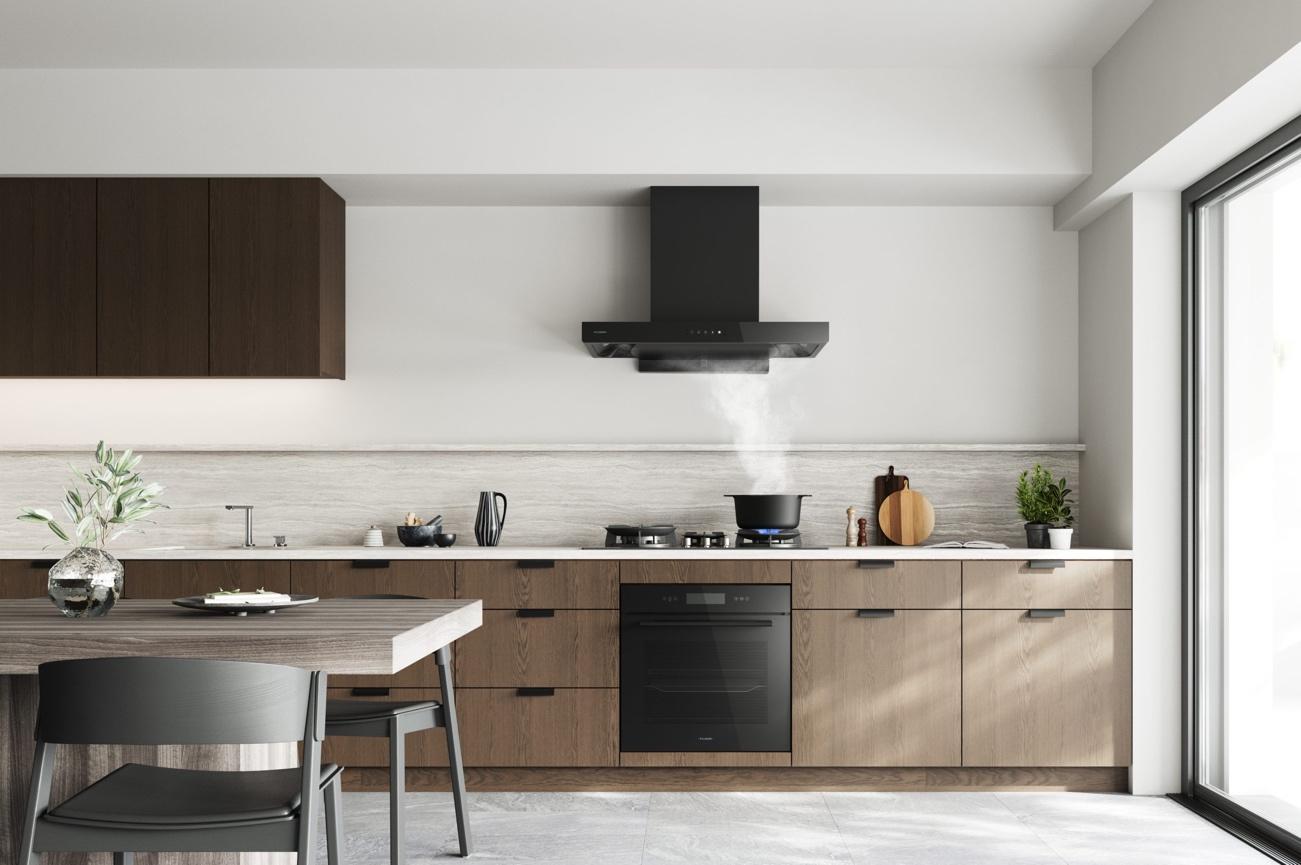

Articles
How To Test Range Hood Suction
Modified: October 29, 2024
Discover the best testing methods for range hood suction with our informative articles. Learn how to ensure optimal performance and eliminate cooking fumes efficiently.
(Many of the links in this article redirect to a specific reviewed product. Your purchase of these products through affiliate links helps to generate commission for Storables.com, at no extra cost. Learn more)
Introduction
Welcome to this comprehensive guide on how to test range hood suction! If you’ve recently installed a new range hood or have been experiencing issues with your current one, it’s important to ensure that its suction power is working optimally. A range hood plays a crucial role in keeping your kitchen clean and smoke-free by removing cooking odors, grease, and harmful pollutants from the air.
Testing the suction power of your range hood is essential to ensure it is performing efficiently. This article will provide you with step-by-step instructions on how to test the suction of your range hood, along with troubleshooting and maintenance tips to help you keep it functioning at its best.
Before we dive into the testing process, let’s understand why testing range hood suction is crucial for the overall performance of your kitchen ventilation system.
Key Takeaways:
- Regularly testing range hood suction ensures effective smoke and odor removal, improves air quality, prevents grease build-up, and promotes energy efficiency, allowing for timely repairs and a cleaner, healthier kitchen environment.
- Properly preparing for the test and following step-by-step instructions, along with troubleshooting and maintenance tips, ensures accurate assessment of range hood suction, leading to a cleaner, healthier, and more enjoyable cooking experience.
Read more: What Is A Range Hood
Why Test Range Hood Suction?
Testing the suction power of your range hood is important for several reasons. Here are a few key reasons why you should regularly test the suction of your range hood:
- Effective Smoke and Odor Removal: The primary function of a range hood is to remove smoke, odors, and airborne particles generated during cooking. A range hood with weak suction won’t be able to effectively capture and expel these pollutants, leading to a smoky and unpleasant kitchen environment. Regularly testing the suction power ensures that your range hood is performing optimally and maintaining a clean and odor-free kitchen.
- Improves Air Quality: Cooking produces various pollutants, including gases, fumes, and particles. Without proper ventilation, these pollutants can accumulate in your kitchen and have a negative impact on indoor air quality. Testing the suction of your range hood helps to ensure that harmful particles, such as grease and carbon monoxide, are effectively captured and exhausted outside, improving the air quality in your home.
- Prevents Grease Build-up: Range hoods are designed to remove grease and prevent it from settling on your kitchen surfaces and appliances. A range hood with inadequate suction power won’t be able to effectively capture grease particles, leading to a build-up on your countertops, cabinets, and walls. Regular testing helps identify any suction issues early on, preventing the accumulation of grease and making it easier to keep your kitchen clean.
- Energy Efficiency: A range hood with poor suction consumes more energy as it needs to work harder to remove pollutants from the air. Testing the suction power allows you to identify any inefficiencies in your range hood, enabling you to address them and potentially reduce energy consumption.
- Allows for Timely Repairs: Regularly testing the suction power of your range hood helps you identify any problems or malfunctions early on. This allows you to schedule necessary repairs or maintenance before the issues worsen and potentially cause more significant damage.
By testing the suction power of your range hood, you can ensure that it is operating at its full potential, effectively removing smoke, odors, and pollutants from your kitchen. With a properly functioning range hood, you can enjoy a cleaner, healthier, and more enjoyable cooking experience.
Preparing for the Test
Before you begin testing the suction power of your range hood, it’s important to make a few preparations to ensure accurate and reliable results. Here are the steps you should take to get ready for the test:
- Clean the Range Hood: Start by thoroughly cleaning the range hood, including the filters, as any dirt or debris can hinder the suction power during the test. Remove any grease, dust, or other buildup from the surfaces and filters using mild soap, warm water, and a soft cloth. Allow the range hood to dry completely before proceeding with the test.
- Turn Off the Range Hood: Make sure the range hood is turned off and unplugged from the power source to prevent any accidents or injuries during the testing process. Safety should always be a top priority when handling electrical appliances.
- Check for Obstructions: Inspect the vent ducts and exhaust openings to ensure they are not blocked or obstructed. Remove any objects, such as cooking utensils or debris, that may be blocking the airflow. Unobstructed ventilation is crucial for accurate suction testing.
- Verify Proper Installation: Ensure that your range hood is properly installed according to the manufacturer’s instructions. If you suspect any installation issues, it’s recommended to consult a professional to address them before proceeding with the test. A poorly installed range hood can negatively affect its suction performance.
- Allow for Adequate Ventilation Time: If your range hood has not been in use for a while, it’s important to allow for adequate ventilation time before conducting the test. This ensures that any residual odors or pollutants are cleared from the kitchen, providing a clean starting point for the suction test.
By properly preparing for the test, you can eliminate potential variables that may affect the accuracy of the results. Taking these precautions will ensure that you obtain reliable measurements of your range hood’s suction power, allowing you to make informed decisions regarding repairs or maintenance.
Testing Tools and Materials
To accurately test the suction power of your range hood, you will need a few tools and materials. Here’s what you’ll need:
- Smoke Pen or Incense Stick: A smoke pen or an incense stick will be used to generate visible smoke for testing the suction of your range hood. These tools help you observe how effectively the range hood captures and removes the smoke from the air.
- Tape Measure: A tape measure is necessary to measure the distance between the range hood and the source of smoke. This measurement is essential in determining the effectiveness of the suction power.
- Paper or Cardboard: You will need paper or cardboard to create a reflective surface. This helps in assessing the suction power by observing whether the paper or cardboard is pulled towards the range hood’s vent.
- Timer or Stopwatch: A timer or stopwatch is useful for measuring the amount of time it takes for the smoke to be completely removed from the area around the range hood. This information can give you insights into the efficiency and speed of the suction.
- Protective Gear: It’s advisable to wear protective gear, such as gloves and safety goggles, when conducting any tests involving smoke or working with electrical appliances. This ensures your safety during the testing process.
Having these tools and materials ready will enable you to perform the test accurately and efficiently. It’s always better to gather all the necessary items beforehand, as it saves time and ensures a smooth testing process.
When testing range hood suction, use a smoke pencil or incense stick to check for proper airflow. Hold it near the hood and see if the smoke is drawn up into the hood, indicating good suction.
Step-by-Step Instructions for Testing Range Hood Suction
Now that you have prepared for the test and gathered the necessary tools and materials, it’s time to proceed with testing the suction power of your range hood. Follow these step-by-step instructions:
- Create Smoke: Start by igniting the smoke pen or incense stick. Allow it to produce a steady stream of smoke.
- Measure Distance: Use a tape measure to determine the distance between the range hood and the source of the smoke. This measurement will help evaluate the effectiveness of the suction power.
- Position the Smoke: Hold the smoke pen or incense stick near the burners or stovetop to release the smoke. Ensure that the smoke is generated in a concentrated area.
- Observe Suction Performance: Turn on the range hood to its highest suction setting. Pay close attention to how the smoke behaves. Ideally, the smoke should quickly get pulled towards the range hood’s vent and be efficiently removed from the immediate surroundings.
- Observe Paper/Cardboard Movement: Place a piece of paper or cardboard near the range hood vent. If the suction power is strong, the paper or cardboard should be visibly pulled towards the vent. This indicates that the range hood is effectively capturing the smoke and airborne particles.
- Time Smoke Clearance: Use a stopwatch or timer to measure the time it takes for the smoke to completely dissipate from the area around the range hood. A faster clearance time indicates a more efficient and powerful range hood suction.
- Repeat the Test: For accurate results, it’s recommended to repeat the test multiple times at different burner settings and in various cooking scenarios. This will help identify any inconsistencies or variations in the suction power.
Remember to record your observations and measurements during the test. This will allow you to compare results and track any changes in the suction power over time. If you notice any issues during the test, proceed to the next section for troubleshooting and maintenance tips.
Read more: How To Build A Range Hood
Test Results and Interpretation
After conducting the suction test on your range hood, it’s time to analyze the results and interpret what they mean. Here are the key factors to consider when evaluating the test results:
- Smoke Capture: Assess how effectively the range hood captures the smoke. If the smoke is quickly drawn towards the vent and removed from the surrounding area, it indicates a strong suction power.
- Paper/Cardboard Movement: Observe whether the paper or cardboard placed near the vent is pulled towards it. If there is a noticeable movement or the paper sticks to the vent, it indicates a strong suction force.
- Smoke Clearance Time: Measure the time it takes for the smoke to completely dissipate. A shorter clearance time signifies a more efficient and powerful range hood suction.
- Consistency: Repeat the test multiple times to ensure consistent results. If there are significant variations in the measurements or observations, it may indicate an issue with the range hood’s suction power.
- Comparison with Manufacturer’s Specifications: Refer to the manufacturer’s specifications and guidelines for your range hood model. Compare the test results with the recommended suction power and performance standards provided by the manufacturer.
Based on the test results and the interpretation, you can determine whether your range hood’s suction power is functioning optimally. If the results indicate weak suction or other issues, proceed to the next section for troubleshooting and maintenance tips.
It’s important to note that if you are unsure about the test results or encounter persistent issues with your range hood’s suction power, it’s recommended to consult a professional technician who specializes in range hood maintenance and repairs. They can provide expert advice and assistance in diagnosing and resolving any underlying problems.
Troubleshooting and Maintenance Tips
If you encounter any issues with the suction power of your range hood during the testing process, here are some troubleshooting and maintenance tips to consider:
- Clean or Replace Filters: Over time, filters in range hoods can become clogged with grease and debris, affecting airflow and suction. Regularly clean or replace the filters according to the manufacturer’s instructions to maintain optimal suction.
- Check for Obstructions: Inspect the vent ducts and exhaust openings for any obstructions, such as debris or blockages. Clear out any obstacles that may hinder airflow, ensuring a smooth passage for the exhaust gases.
- Inspect the Blower Motor: The blower motor is responsible for generating airflow in the range hood. Regularly inspect the motor for any signs of damage or malfunction. If necessary, have a professional technician service or replace the motor.
- Adjust Range Hood Height: If the range hood is installed too high above the cooking surface, it may not effectively capture the smoke and pollutants. Adjust the height of the range hood according to the manufacturer’s recommendations for optimal suction performance.
- Redirect Exhaust Vent: Ensure that the exhaust vent of your range hood is directing the air outside. If necessary, redirect the vent to avoid recirculation of air within the kitchen, which can affect the efficiency of the suction.
- Inspect and Clean the Fan Blades: Over time, the fan blades of the range hood can accumulate dirt and grease, reducing their effectiveness. Regularly inspect and clean the fan blades to ensure they are free from debris and spinning properly.
- Check for Damaged Seals: Damaged seals around the range hood can lead to air leaks, affecting the suction power. Inspect the seals and replace any damaged or worn-out ones to maintain proper airflow.
- Follow Maintenance Schedule: Refer to the manufacturer’s recommendations for the maintenance schedule of your range hood. Regularly follow the suggested cleaning and maintenance tasks to keep your range hood in optimal condition.
By following these troubleshooting and maintenance tips, you can address common issues related to range hood suction and ensure that your range hood functions efficiently. Regular maintenance and timely repairs will prolong the lifespan of your range hood and maintain its performance over time.
If troubleshooting and maintenance efforts do not resolve suction issues, or if you are uncertain about performing any maintenance tasks yourself, it’s recommended to contact a professional technician with expertise in range hood repairs for further assistance.
Conclusion
Testing the suction power of your range hood is an important step in ensuring its optimal performance and maintaining a clean and healthy kitchen environment. By following the step-by-step instructions outlined in this guide, you can accurately assess the effectiveness of your range hood’s suction and identify any issues that may be affecting its performance.
Through the testing process, you can determine if your range hood effectively captures and removes smoke, odors, and pollutants from the air. The results and interpretation will provide insights into whether your range hood is operating at its full potential or if any maintenance or troubleshooting is required.
Remember to clean or replace filters regularly, check for obstructions, inspect and maintain the blower motor and fan blades, and follow the manufacturer’s maintenance schedule. These maintenance tips are crucial for maintaining optimal suction power and ensuring the longevity of your range hood.
If you encounter persistent issues or are unsure about the test results, it is highly recommended to consult a professional technician who specializes in range hood repairs and maintenance. They can provide expert guidance and assistance in resolving any underlying problems.
With a properly functioning and well-maintained range hood, you can enjoy a clean, odor-free, and well-ventilated kitchen, enhancing your cooking experience and promoting a healthier living environment for you and your family.
Frequently Asked Questions about How To Test Range Hood Suction
Was this page helpful?
At Storables.com, we guarantee accurate and reliable information. Our content, validated by Expert Board Contributors, is crafted following stringent Editorial Policies. We're committed to providing you with well-researched, expert-backed insights for all your informational needs.

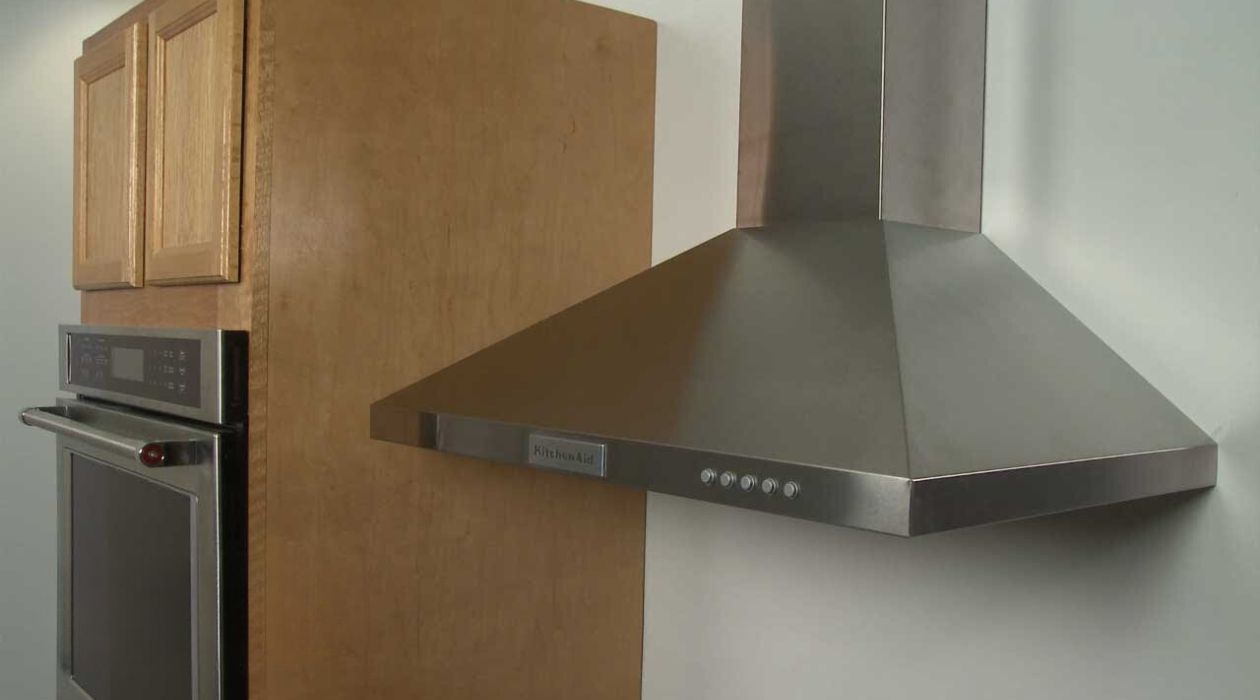
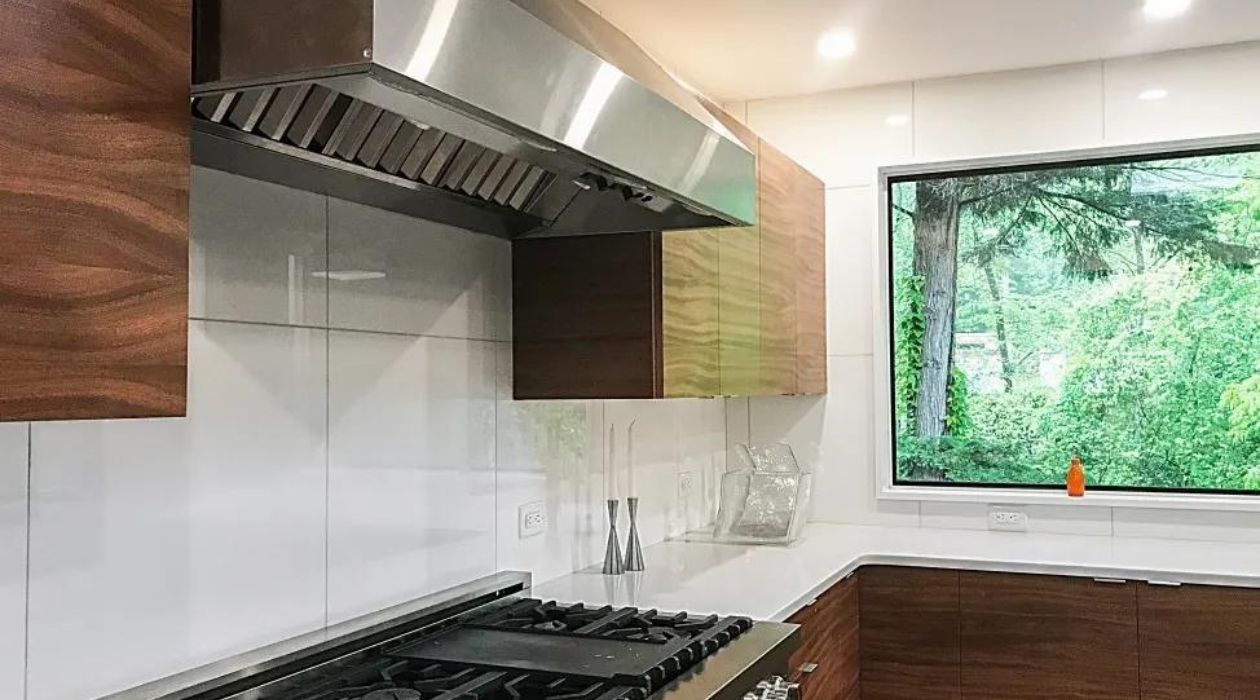
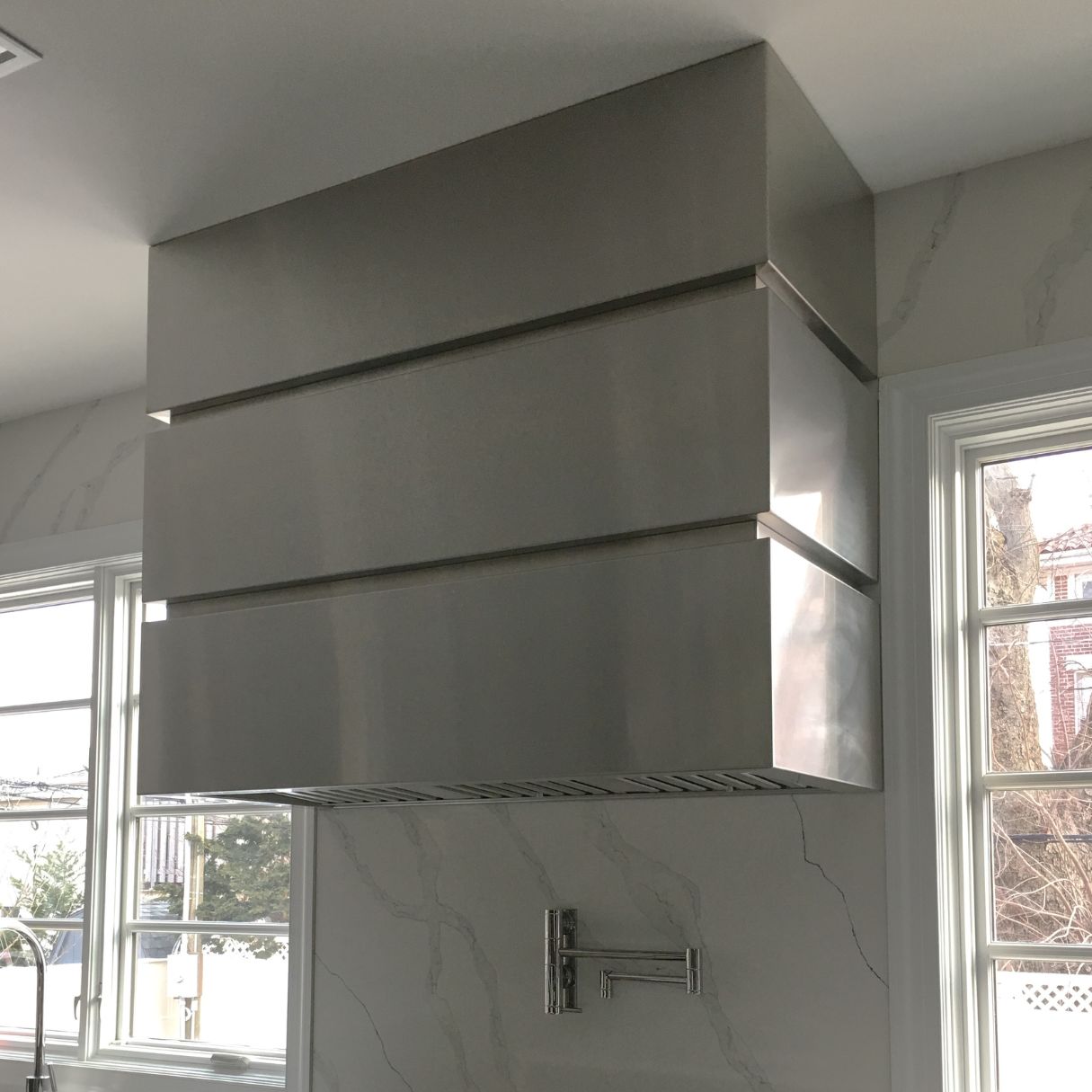
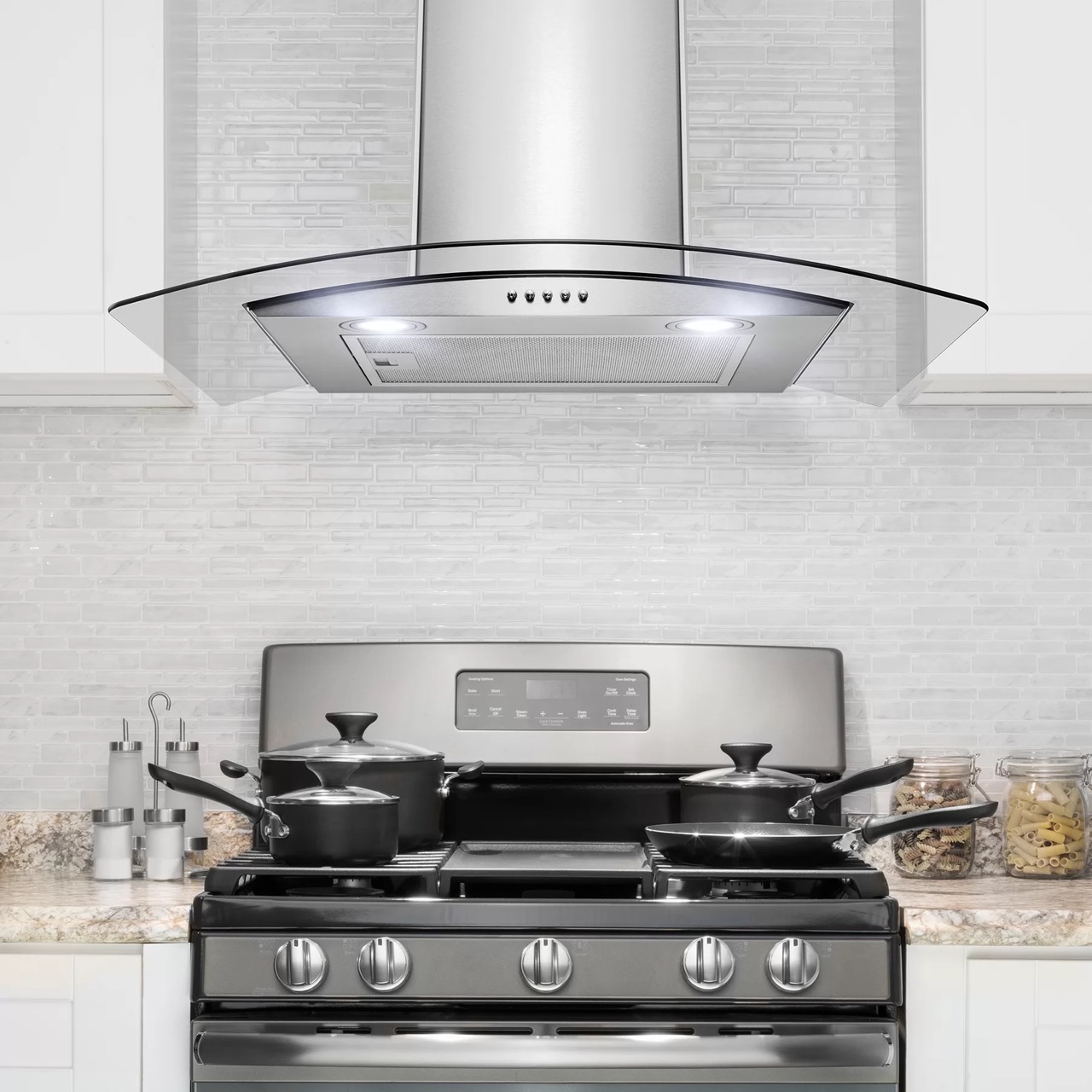

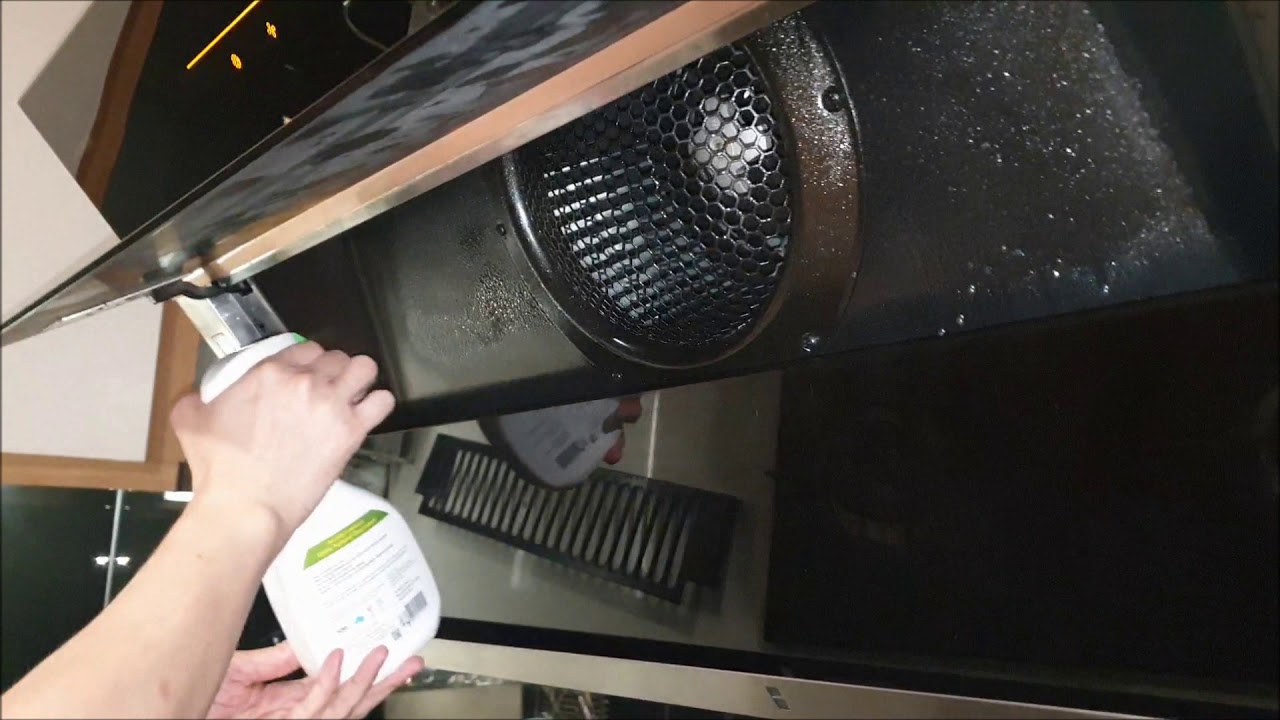
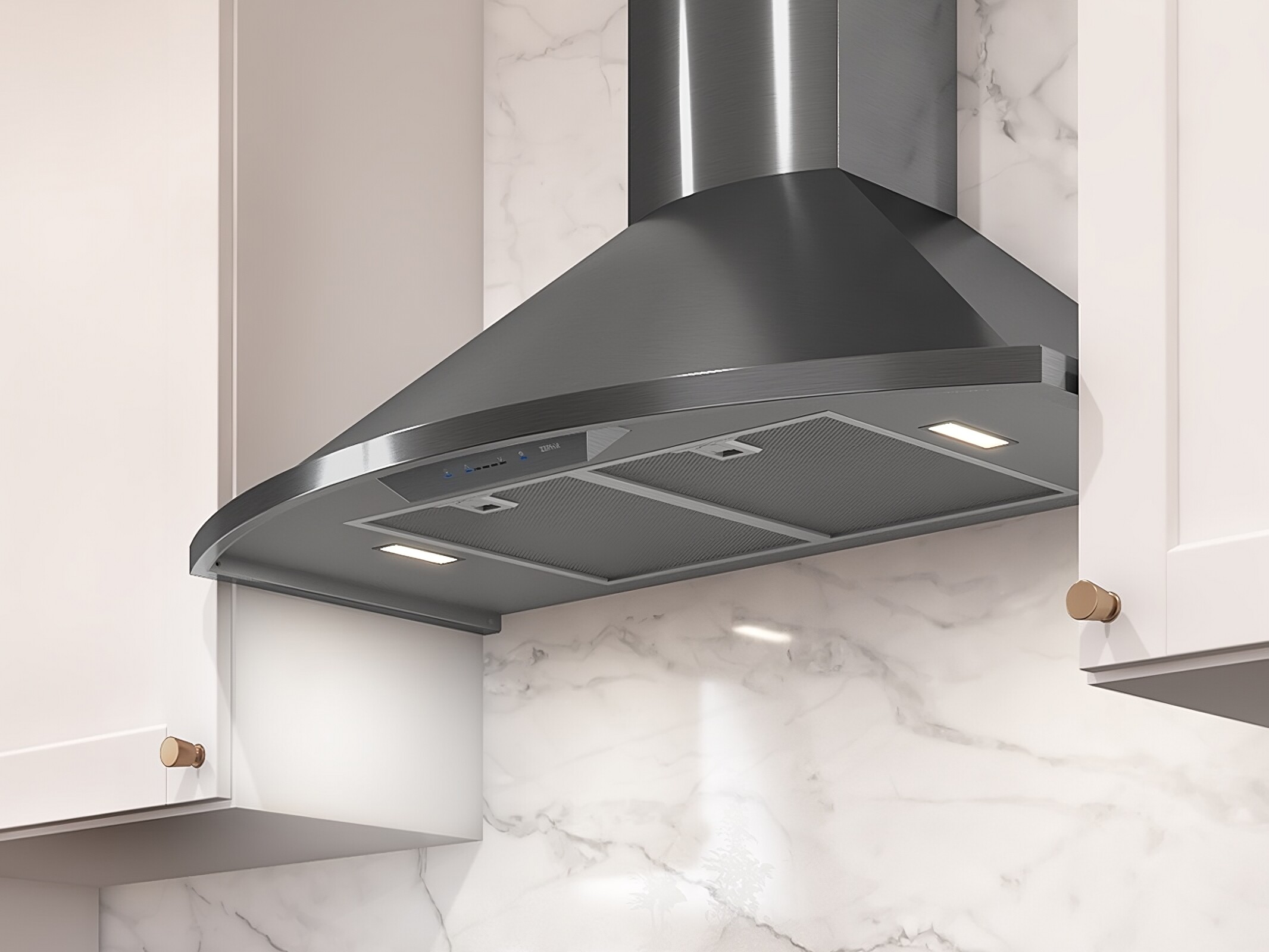
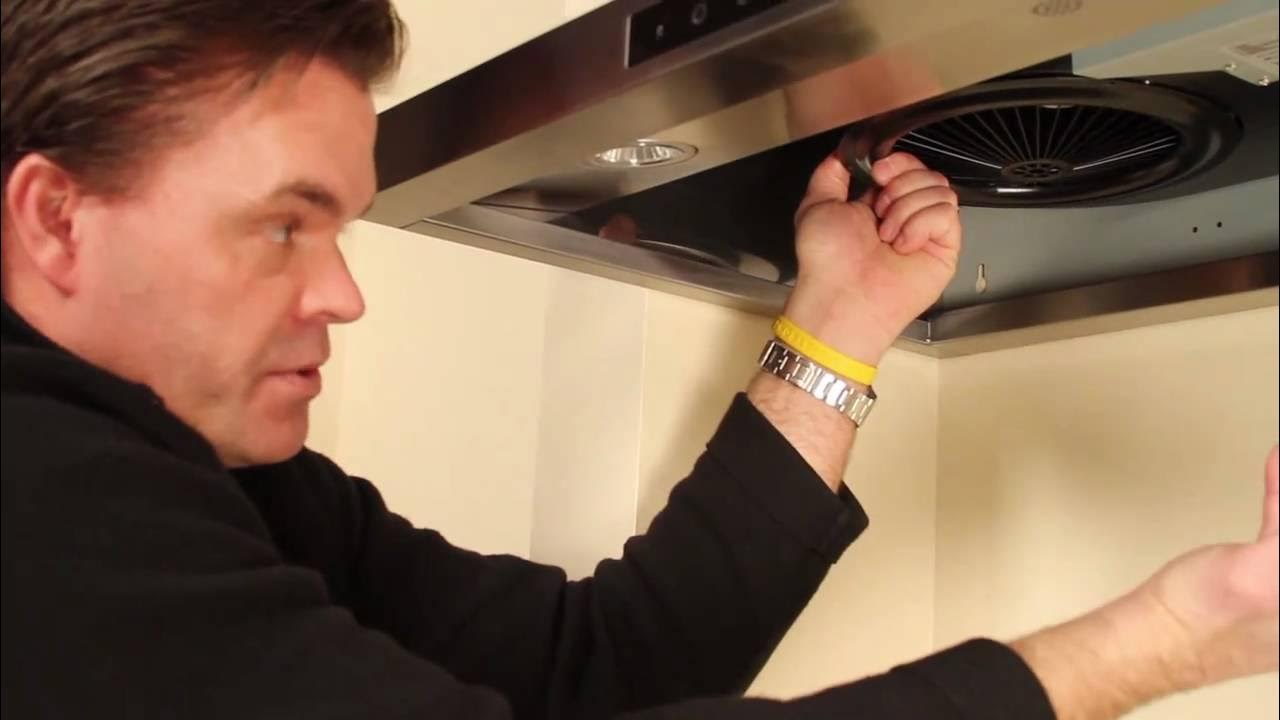
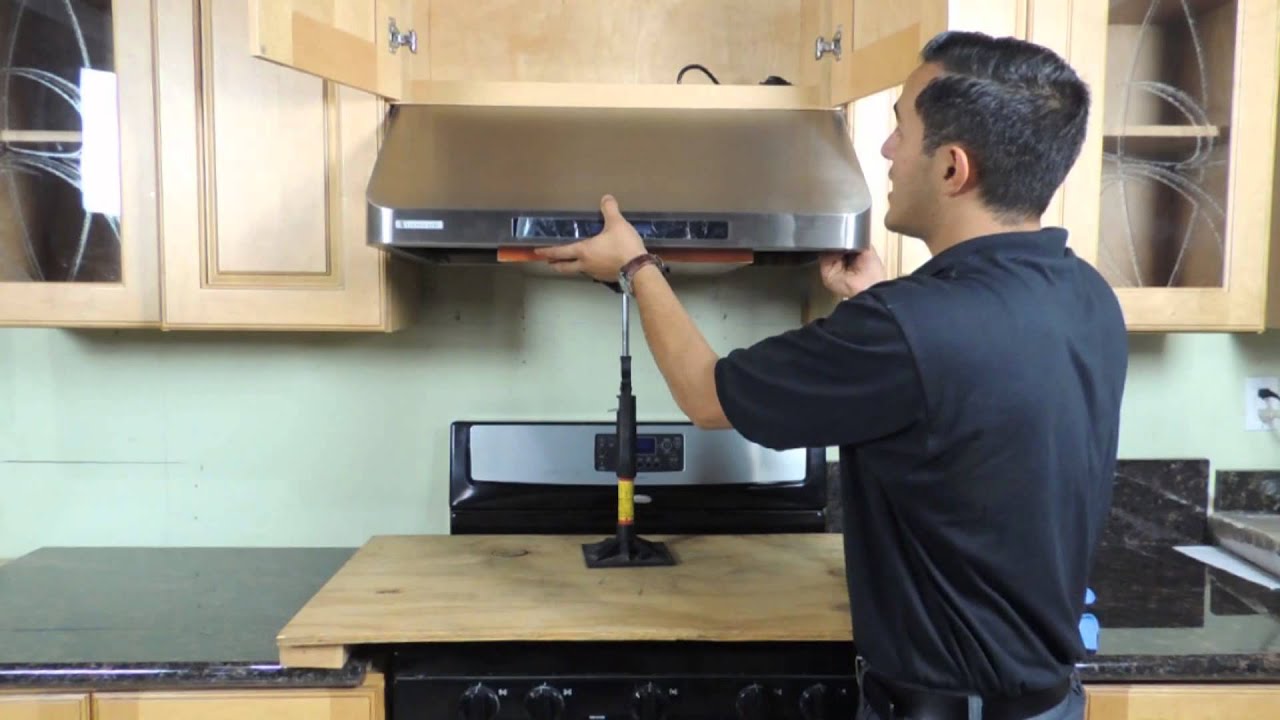
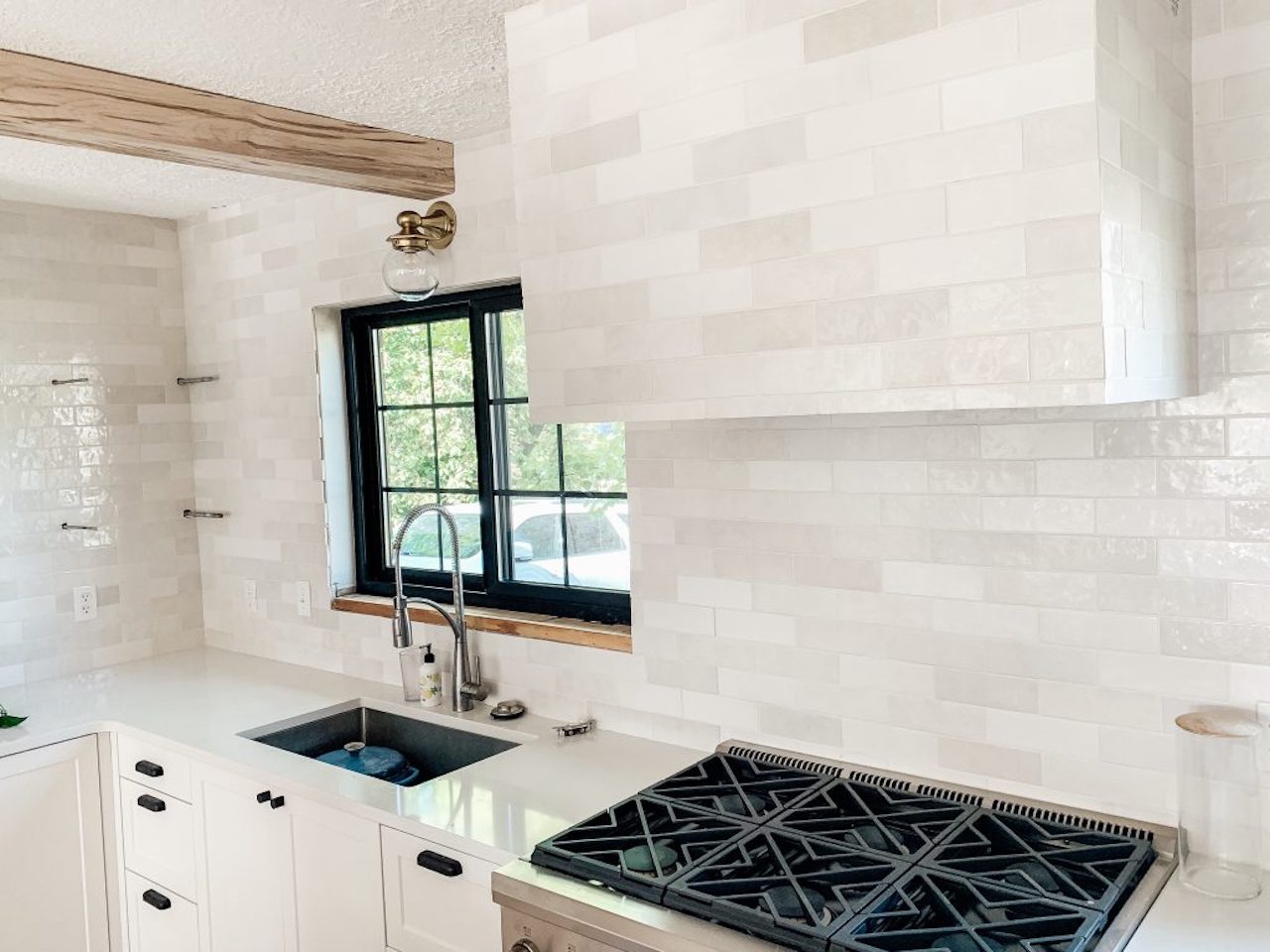
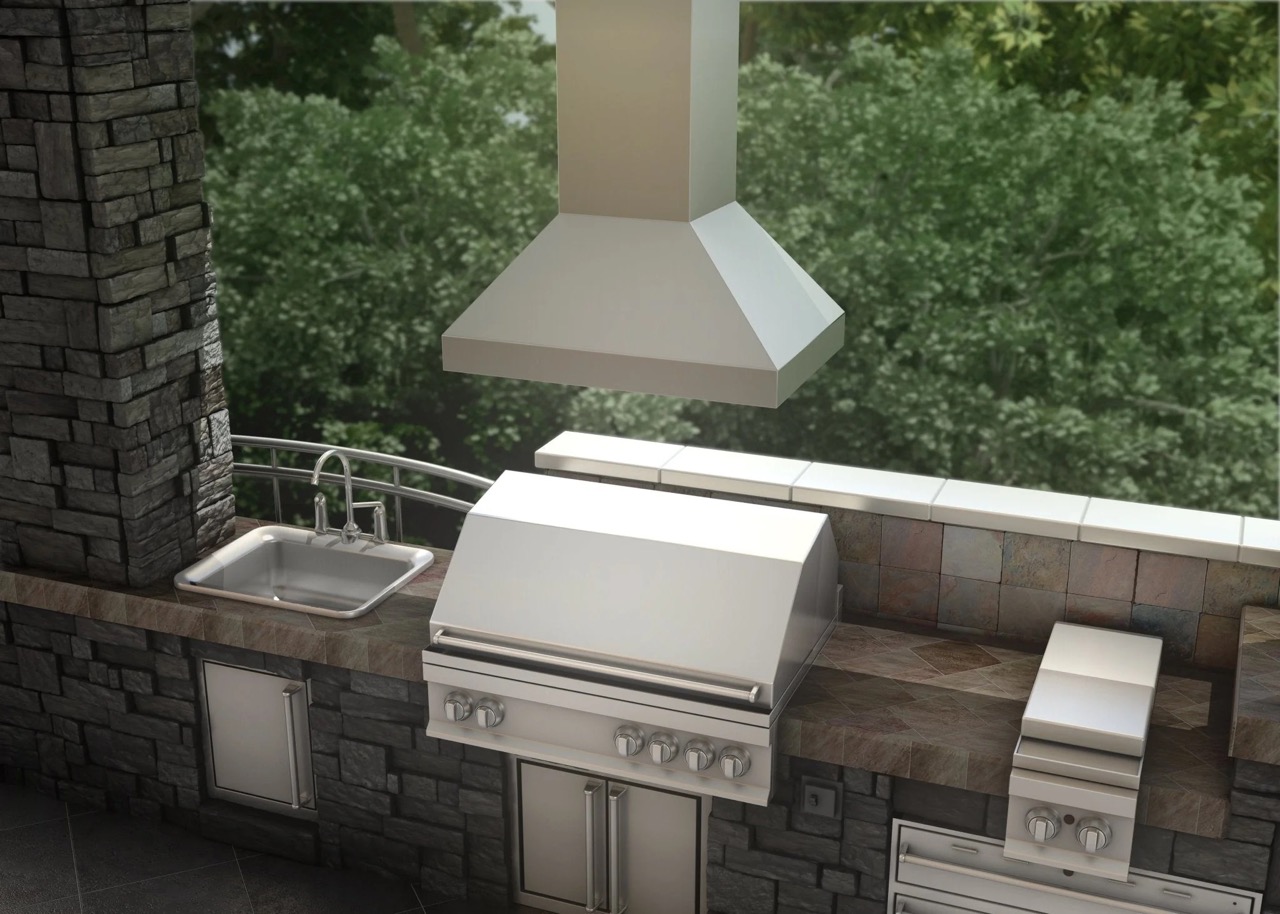
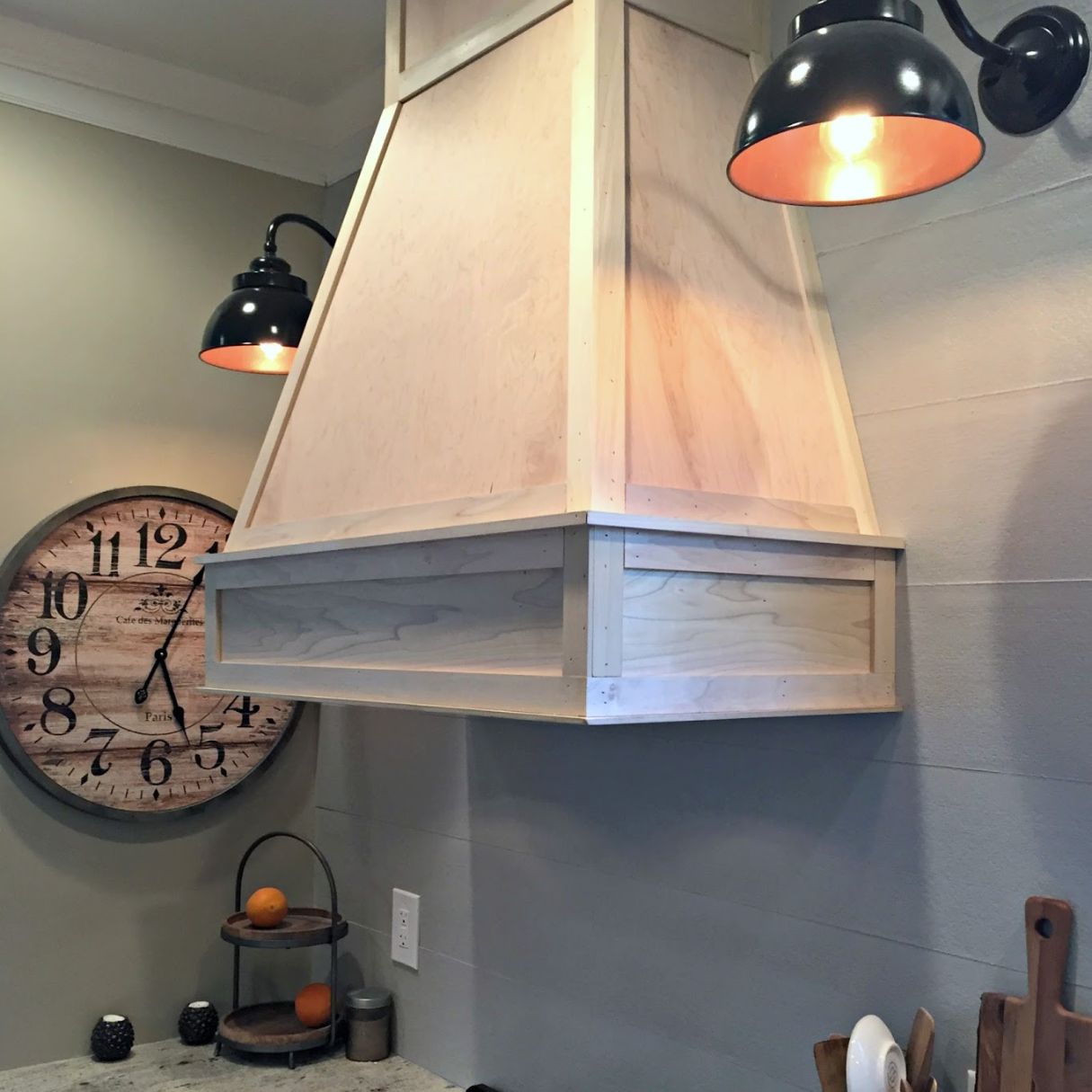
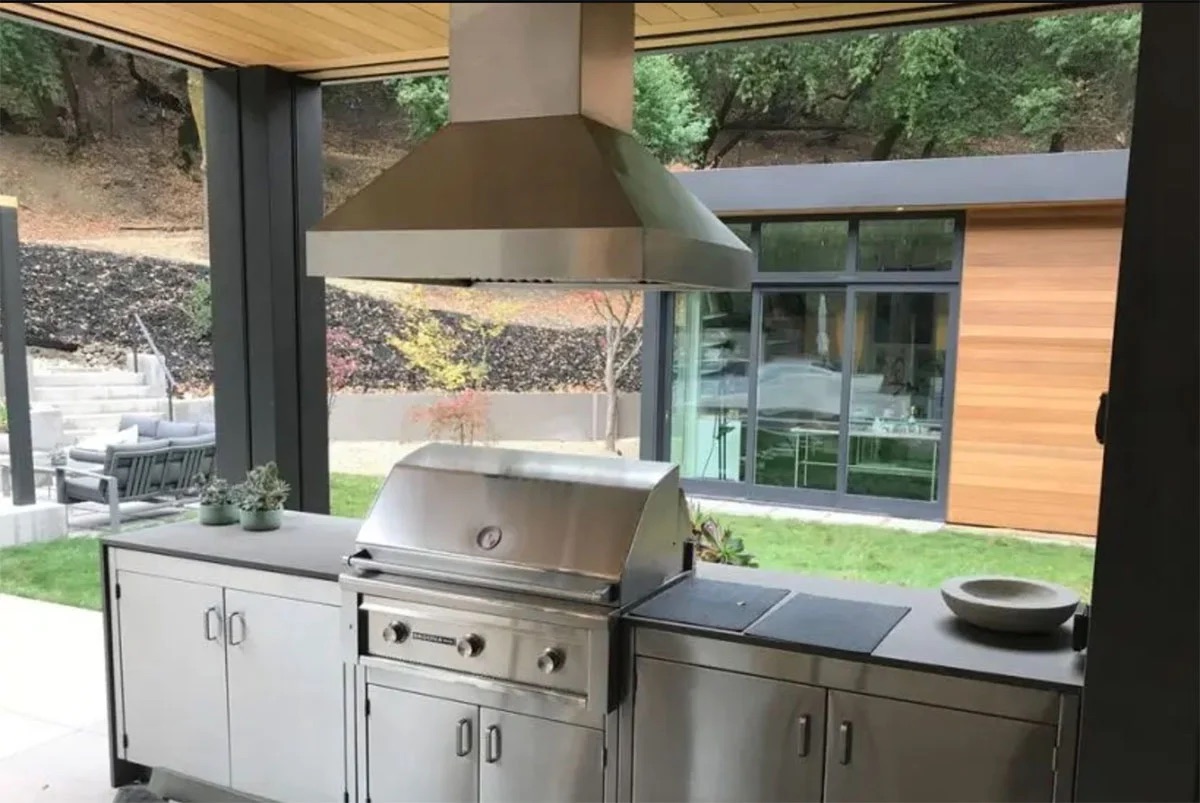

0 thoughts on “How To Test Range Hood Suction”